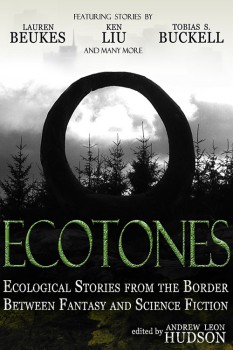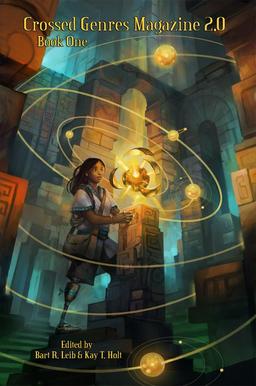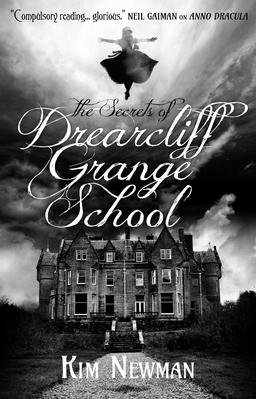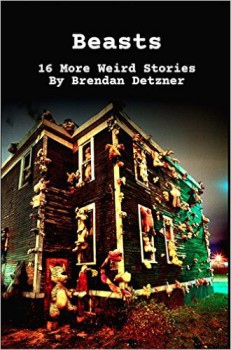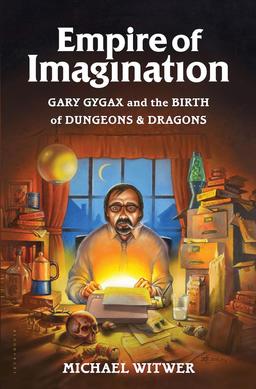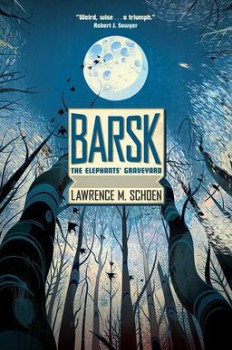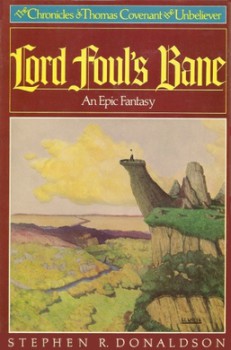Hallowe’en Post-Mortem 2015: Needle Found in Candy!

I was watching the news the day after Hallowe’en and was distressed by two stories. The first was about a five-year-old boy who was hit by a car in Minneapolis and died from his injuries. Tragic, but it did not surprise me. Given the circumstances, it’s as predictable as knowing that every year during hunting season somebody somewhere is going to be accidentally shot in the woods. We hope that maybe this year everyone will come home safely, and if not, that it doesn’t happen to one of our own or anyone we know.
The second story took me by complete surprise. What really upset my apple cart was a report out of Brainerd that some kid had found a needle in a Three Musketeers fun-size candy!
The reason the second story came as such a shock is that I have informed people for years that the whole razor-blade or needle in the candy story is an urban legend. It is one that has been reinforced periodically by well-meaning local police departments and (lazy) journalists, causing hysteria that whips parents into a bag-checking frenzy. They comb through the stash checking each individual piece. There are even some local medical centers that offer free x-ray screenings of Hallowe’en candy! The number of cases where these efforts have averted a child inadvertently getting a free but unwanted tongue piercing? Zero. Nada. Zilch. Because it’s never happened. The time and resources would be just as well used sending search crews down into the sewer looking for alligators. Urban legend.
…Until now, I thought, with a sinking heart. Here is a case, apparently, of an urban legend being copy-catted by someone and now entering the banal realm of fact.

